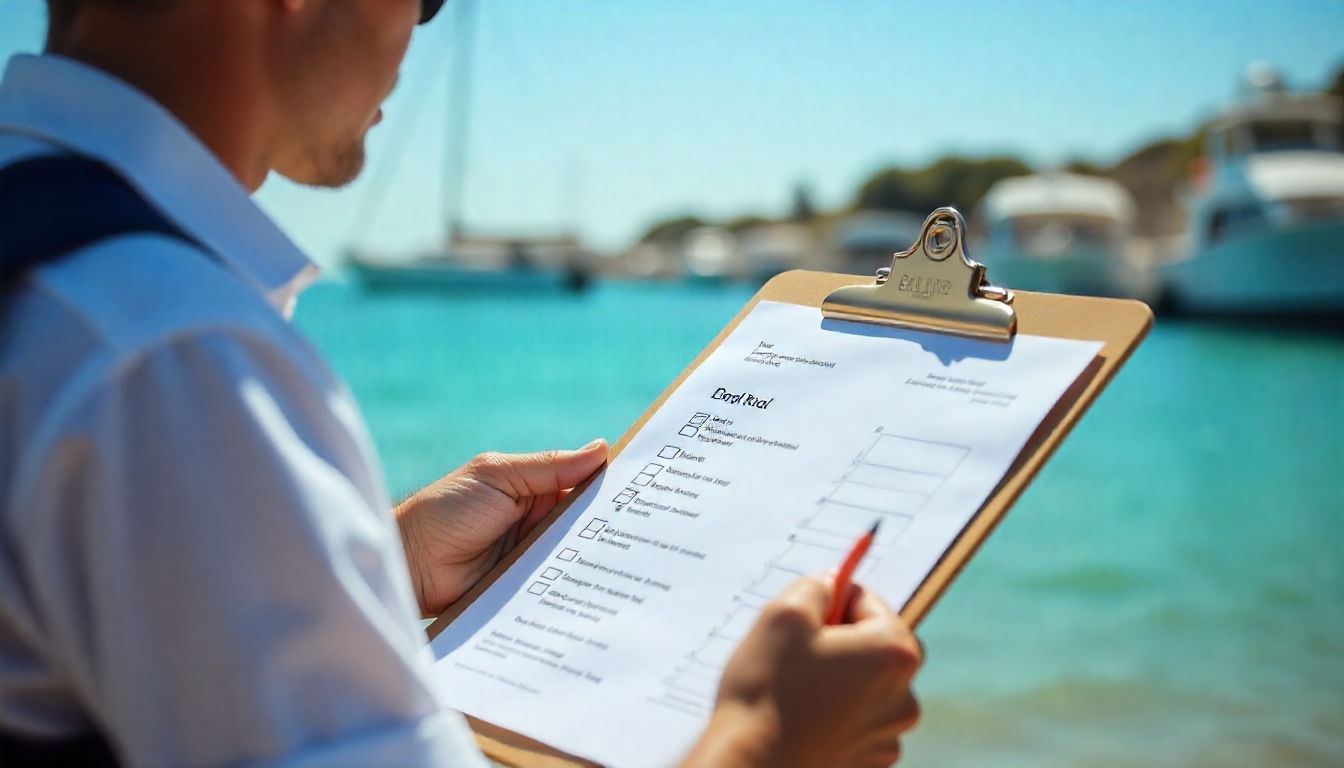Whether it’s your first trip of the season or just another weekend on the water, knowing how to prepare your boat is essential for a safe and enjoyable outing. A detailed pre departure checklist helps reduce risks, saves time, and gives you peace of mind before leaving the dock. From fuel to safety gear, every step matters when it comes to boating readiness.
Why You Should Prepare Your Boat Before Leaving the Dock
Safety and reliability are the two most important reasons to prepare your boat before leaving the dock. The water may seem calm at first, but conditions can change quickly, and mechanical issues often happen when least expected. By checking systems in advance, you minimize the chance of last-minute problems that can ruin the day or even put passengers in danger.
Also, when you take the time to inspect your boat thoroughly, you make sure that everyone on board is ready for the trip. It’s a good idea to keep a checklist handy, not just for major items like the engine and fuel but also for smaller things that are easy to forget.
Pre Departure Safety Checks for Your Boat
Before you cast off, a pre departure inspection is crucial. These checks may seem routine, but they can prevent accidents and delays.
Life Jackets and Safety Equipment
Life jackets are the most important safety items on board. Regulations require one for each passenger, and you should make sure they fit properly before leaving the dock. Don’t just store them in a locker—keep them accessible. Along with life jackets, check for a working horn or whistle, fire extinguisher, and throwable flotation device.
Communication and Navigation Tools
Boating often takes you out of sight of land, so reliable communication is vital. A VHF radio should be tested to confirm it works. You may also want charts, a compass, or GPS. These tools help you get back in case weather changes or visibility decreases.
Checking the Engine and Fuel Supply
A common issue that ruins outings is an engine that won’t start. To avoid frustration, check your engine before boarding passengers. Look for leaks, inspect belts, and ensure the cooling system is functioning.
Enough Fuel for the Day
It is essential to make sure you have enough fuel. A good rule is the “one-third” principle: use one-third to go out, one-third to come back, and keep one-third in reserve. Running out of fuel is not just inconvenient; it can leave you stranded.
Preparing for a Smooth Departure
Leaving the dock smoothly requires attention to detail. A little planning goes a long way.
Lines and Fenders
Check that your docking lines are free of knots and ready for quick release. Fenders should be in place to prevent damage as you ease away. Always pay attention to wind and current when maneuvering.
Crew Briefing
Before you get underway, talk to your passengers. Make sure everyone knows where safety gear is stored and what to do in case of an emergency. Clear communication helps avoid confusion once you’re underway.
Essential Items to Keep On Board
Even short trips require basic supplies. Forgetting just one item can cause problems later.
Documents and Permits
You’ll need registration papers and any required permits. Keep them in a waterproof pouch so they’re protected from spray and rain.
Food, Water, and Extras
It’s always a good idea to bring extra drinking water and snacks. You may plan for only a few hours, but unexpected delays happen. Having enough supplies makes the outing more comfortable.
Additional Tips for Boating Readiness
While safety and engine checks are top priorities, smaller details help make your day smoother.
Weather Awareness
Check forecasts before you start. Storms can form quickly, and high winds make docking and navigation more difficult.
Load Distribution
A well-balanced boat handles better. Make sure gear and passengers are evenly distributed. Too much weight on one side makes turning harder and reduces safety.
A Step-by-Step Checklist
To simplify things, here’s a checklist you can follow every time before leaving the dock:
- Inspect the hull for cracks or damage.
- Make sure you have life jackets for all passengers.
- Confirm fuel levels and bring extra if needed.
- Test the engine, steering, and throttle.
- Check navigation lights and horn.
- Secure docking lines and prepare fenders.
- Review weather conditions.
- Keep documents and permits on board.
- Carry drinking water, food, and first aid kit.
- Brief passengers on safety procedures.
Why Preparation Pays Off
Many boating accidents could have been avoided with better preparation. By creating a routine, you reduce stress and increase enjoyment. A prepared boat not only helps ensure safety but also lets you focus on the fun part—enjoying the water.
Returning to the Dock
While most guides focus on departure, docking at the end of the trip deserves equal attention. Approach slowly, assign roles to passengers, and keep fenders ready. Docking may be tricky in strong winds or currents, but patience is key.
Závěrečné myšlenky
When you prepare your boat before leaving the dock, you set yourself up for a safer and more enjoyable trip. From life jackets to enough fuel, every detail matters. A checklist may feel like extra work, but it gives you confidence that nothing important was overlooked. The next time you’re leaving the dock, remember that careful planning helps you get away smoothly, keeps everyone safe, and ensures your boating adventure starts and ends the right way.

 How to Prepare Your Boat Before Leaving the Dock: Complete Checklist">
How to Prepare Your Boat Before Leaving the Dock: Complete Checklist">
